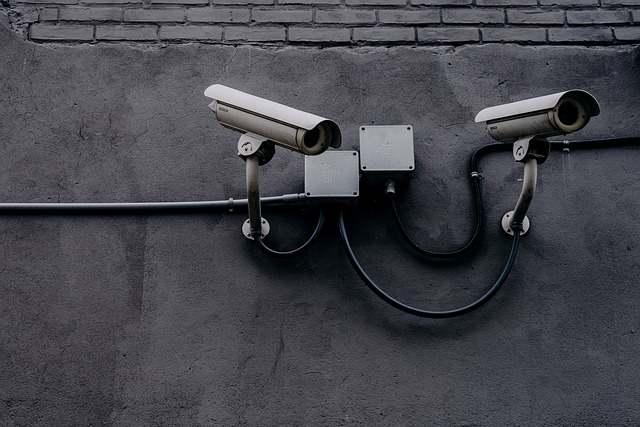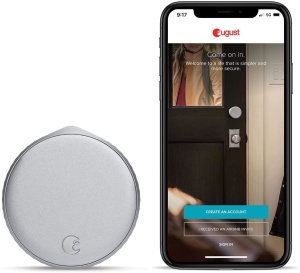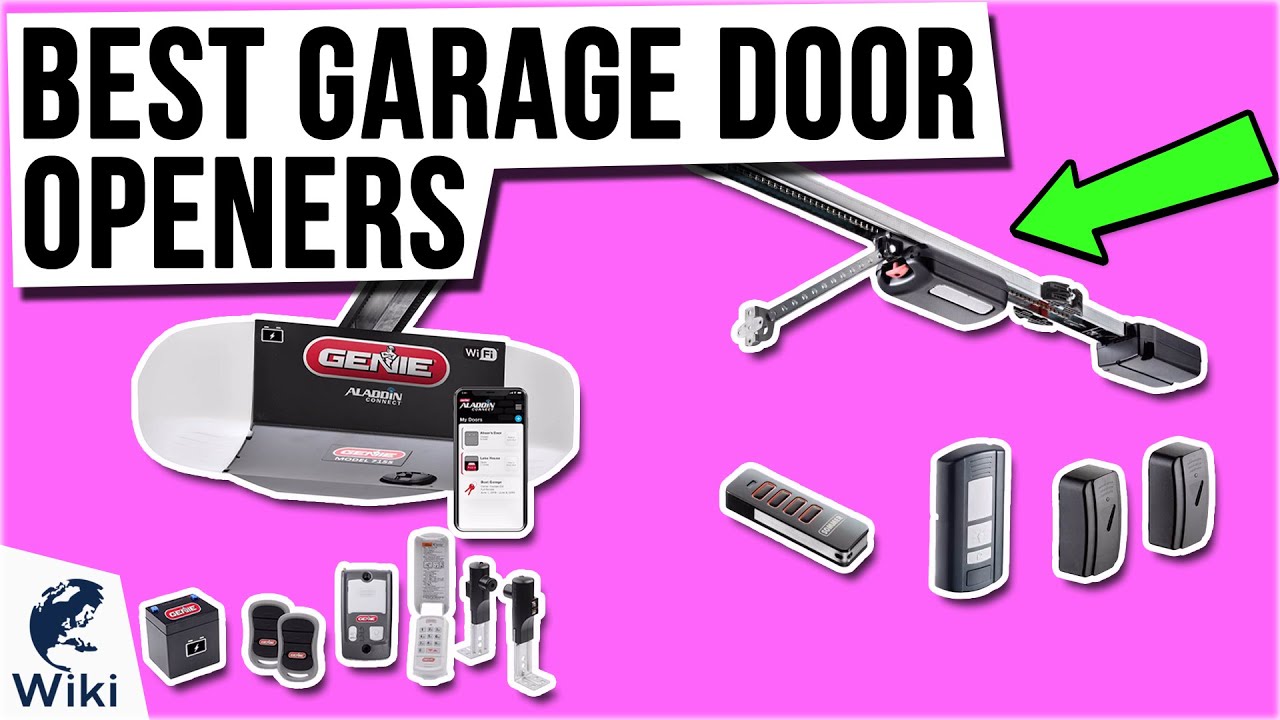
Alarm systems are a great tool to reduce the risk of theft, production delays and material losses. Alarm systems can be used to alert those on site or send a signal through a monitoring service.
Alarm systems come in many forms, from simple motion sensors to full-featured surveillance video systems. Some are able to connect up to three devices, providing additional security.
In general, home security systems use motion detectors placed around the house perimeter to deter burglars. When movement is detected, these motion-sensing sensors will sound an alarm. They may also activate a flashing light.
You can find other security devices such as glass-break detectors and door and window sensor. These devices create an electrical circuit by closing a glass door or piece of window. If the circuit breaks while the system is armed, it will trigger an alarm.

Apps for many alarm systems are available on mobile devices. These can be useful in monitoring your home remotely. You should make sure that the app you choose has good reviews on Google Play and Apple Store, and can connect with your sensors quickly.
If there are bugs or problems, you'll have to spend a lot of time waiting for your phone to sync up with the app and sensors. If there are, it's likely that you'll be spending a lot of time waiting for your phone to sync up with the app and the various sensors.
One of the benefits of an alarm system, is that it's connected to a central monitoring center where personnel are able to respond to the alerts. These personnel will call you to confirm whether it is an emergency or a false alarm. If no response is received, the center contacts emergency services and dispatches them to your home.
The best alarms that are suitable for your home will be wireless. You won't require any wires to reach the alarm system. The best alarms for homes are usually wireless, meaning that you don't have to run wires from the alarm panel to your home.
These devices can be an excellent investment for homeowners looking to protect their home from burglars. They detect attempts to enter the house and can alert you to it. They can either be activated with a motion detector or by setting them up to sound a loud alarm.

Modern security systems include video monitoring. You can monitor your home, business, or both from any location in the world. The best cameras for your home are those that offer high resolutions and can record in color, digital track zoom or with digital track.
The best alarms can protect you against both natural disasters and burglars. In addition to reducing your insurance costs, they can prevent big losses and damage.
FAQ
Do I really require a home security system?
You should have a home security system if you own a property. You don't have to be worried about a burglar breaking into your home. They'll take anything they want, including expensive electronics and jewelry. And if you leave your doors unlocked, they could just walk away with everything.
Home security systems can help protect your home by notifying you when something happens. This includes motion detection, sending alerts via your mobile device, recording activity and allowing you access to the footage.
A DIY camera is a great alternative to a full-blown home security system. These cameras let you see who is at your door and give you notification when they come or go. They won't stop burglars from entering your home.
Who is the best home security surveillance company?
The best home security monitoring company is ADT. They offer 24/7 monitoring service at affordable price. Their customer support team can be reached at any time of the day. They will respond to your queries within minutes.
ADT also offers an iOS and Android app. So you can check your home anytime, anywhere.
Do motion sensors come with alarms?
These motion sensor alarms have been around for decades and have gained popularity because of the increasing number of thefts and break-ins. These alarms are too costly and won't work in cabinets. It is worth looking into a motion sensor system if you want to protect yourself from home intruders.
Which home security system is better? Home security cameras or security systems?
Home security systems work better than home security cameras, as they can detect sounds and movements even when no one is in the area where the system is installed. Home security cameras, on the other hand, are more affordable than home security systems and can be easily mounted on windows or doors.
What should I pay for alarm monitoring
Alarm monitoring prices can vary depending upon how often it is to be monitored, what type of equipment you need, as well as whether you are looking at an annual or one-time fee.
Can I put in a security cam by myself?
Yes! If you are competent and have the right knowledge, you can install your own home alarm. If you are not confident in installing it yourself, you can hire an expert to assist you.
How do I choose between different types of home security systems?
You need to think about the potential threats that your area faces. If there is a lot crime in your area, you may want an alarm to sound when someone enters your home. You may not require as much security if your home is in a rural area with few burglaries.
You also need to consider whether or not you're willing pay more for these extra features. Some systems have cameras built in while others do not. Some systems let users remotely monitor their homes, while others require them to be physically present in order for you to see the footage.
Statistics
- That's probably why Cove has a whopping 98%* customer retention rate. (safewise.com)
- Most home security companies will charge you around 75% of the remaining term of your contract if you cancel early—and some require 100%.Related questionsWhat type of contract length can I expect from security providers?Home security system cancellation (safewise.com)
- Most home security companies will charge you around 75% of the remaining term of your contract if you cancel early—and some require 100%.Related questionsWhat type of contract length can I expect from security providers?Home security system cancellation (safewise.com)
- (In my experience, the discount on my home insurance covered about 25 percent of the subscription of an average plan, but your mileage may vary depending on your location and the size of your home.) (theverge.com)
External Links
How To
How to Install Outdoor Motion Lights
How to install outdoor light bulbs
The first step in installing outdoor motion lights is to choose the right type of light fixture. Next, you need to decide where your lighting fixtures should be placed. Then comes the actual wiring of the system. The final step is to mount the fixtures.
Outdoor motion lamps are used to illuminate walkways and driveways, pathways, sidewalks and patios. You can choose from many different styles, sizes, and color options. You can find a variety of types, including floodlights or spotlights, pendants or downlights as well as track lights, track and recessed lights, wall lights, ceiling fans, wall lights, chandeliers and wall sconces.
There are three main types of motion lights: hardwired, wired and battery-powered. Hardwired systems utilize wires that are connected directly from power sources to fixtures. Wireless systems use radio waves to transmit signals from one fixture to another. The fixtures are powered by batteries.
Hardwired systems are typically installed by electricians. Hire an electrician to install these systems. It is worth looking for someone who is experienced in installing these kinds systems.
It's often much easier to install wireless systems than hardwired. There are no cables to run through walls or ceilings. If you do decide to buy a wireless system, however, you need to first determine which wireless technology is best for you. There are two main types of wireless technologies: infrared (IR) and radio frequency (RF). IR systems need line of sight between transmitter and receiver. RF systems are able to bounce off walls and furniture, so there is some obstruction.
When you decide to purchase a wireless device, it is essential to understand what kind of controller you will be using. Outdoor motion lights are equipped with controllers. However, you have the option to either wire them or use a handheld remote to control them. Wired remotes are connected to the fixtures with cables. Handheld remotes look just like flashlights. You can operate them by pressing buttons on their bodies.
Installation of battery-powered systems requires little effort. Plugging them into an outlet is all that's required. Most models include sensors that detect movement to prevent them from turning on if there is no motion. The lights will turn on automatically if there's any movement near the sensor.
Most outdoor motion lights also have timers. These enable you to conserve energy by switching on the lights at night and turning them off during the day. The timers can be set to run for between 10 and 24 hours.
When it comes to choosing the right outdoor motion light, you may be tempted to spend more money on high-quality products. But unless you really need a specific feature, it's not worth spending extra money. A simple LED spotlight will do just fine. It's very affordable and will provide enough illumination.
The Best Home Security System. The home security industry has grown tremendously over the past few years. This has been due to technological advances and increased awareness about crime prevention. There are many options available to homeowners when choosing a home security program.